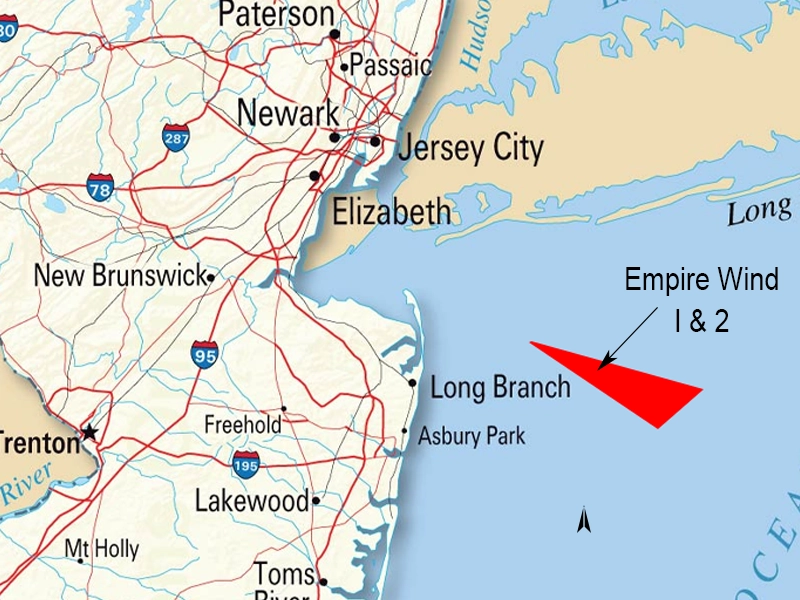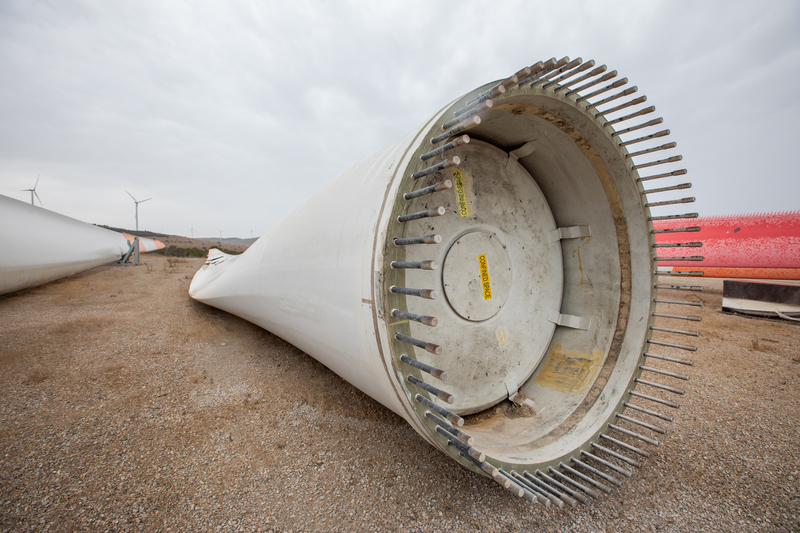NEW YORK, NY – Equinor (EQNR.OL) and BP (BP.L) announced the termination of their power sale agreement with New York State for the proposed Empire Wind 2 offshore wind farm. The decision, attributed to rising inflation, higher borrowing costs, and supply chain challenges, repositions the project for future development opportunities.
Equinor, in a statement on Wednesday, referenced the impact of broad economic changes on the industry. The move coincides with New York’s new offshore wind solicitation, allowing companies to renegotiate or exit old contracts.
The solicitation, announced in November, aims to accommodate the changing economic landscape. It offers a platform for companies to submit projects at revised prices, with the winning bids expected to be announced in February.

While Equinor declined to reveal its bid strategy for the 1,260-megawatt Empire Wind 2 project, a spokesperson highlighted the company’s ongoing evaluation of the solicitation and expressed optimism about New York’s commitment to offshore wind development.
The 816-megawatt Empire Wind 1 project, also a collaboration between Equinor and BP, remains unaffected by this decision.
This development reflects broader challenges faced by the offshore wind industry in the United States. In 2023, the sector experienced a slowdown as developers in various states, including Massachusetts, Connecticut, and New Jersey, canceled or threatened to cancel power sale agreements due to escalating costs.
New York expedited its offshore wind solicitation process in October following threats from major developers, including Orsted, BP, and Equinor, to cancel contracts awarded in 2019 and 2021. These threats emerged in the context of the Federal Reserve’s interest rate hikes beginning in March 2022, aimed at curbing inflation.
Timothy Fox, managing director at ClearView Energy Partners, noted that Empire Wind 2 had been at risk since June 2023, when the project developers expressed reluctance to proceed under the existing contract.
The offshore wind sector is pivotal for U.S. energy strategy, with President Joe Biden and several states, including New York, relying on it to achieve decarbonization goals and combat climate change.
In related news, New York’s first offshore wind farm, Orsted’s 132-megawatt South Fork, began supplying power in December. Meanwhile, Avangrid (AGR.N) and Copenhagen Infrastructure Partners announced that their 806-megawatt Vineyard Wind 1 project in Massachusetts produced its first power for the New England grid on Wednesday.

